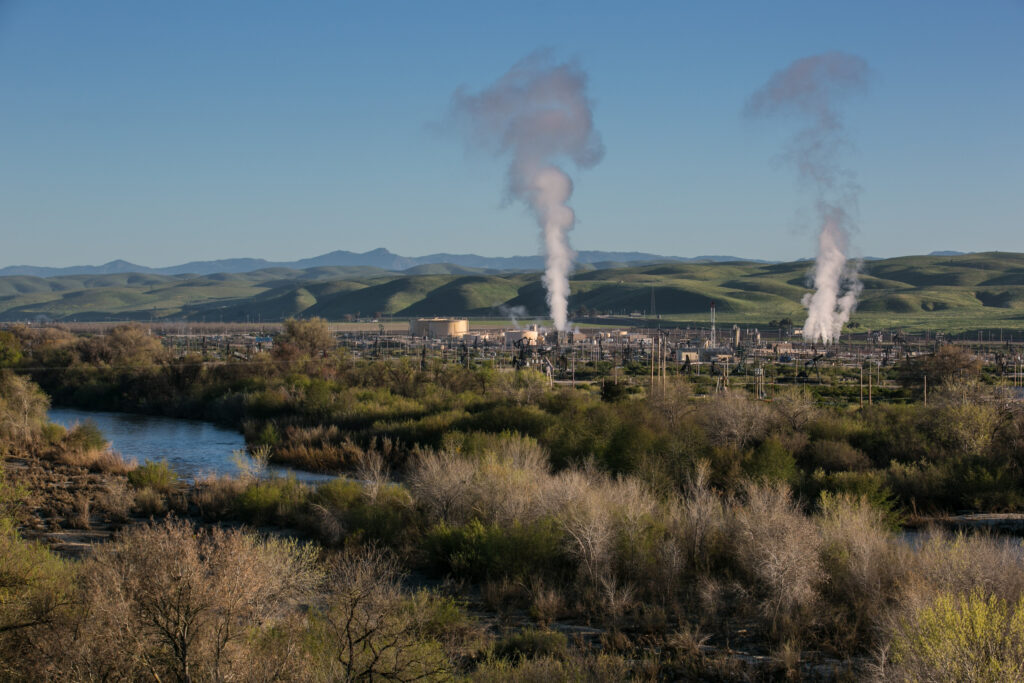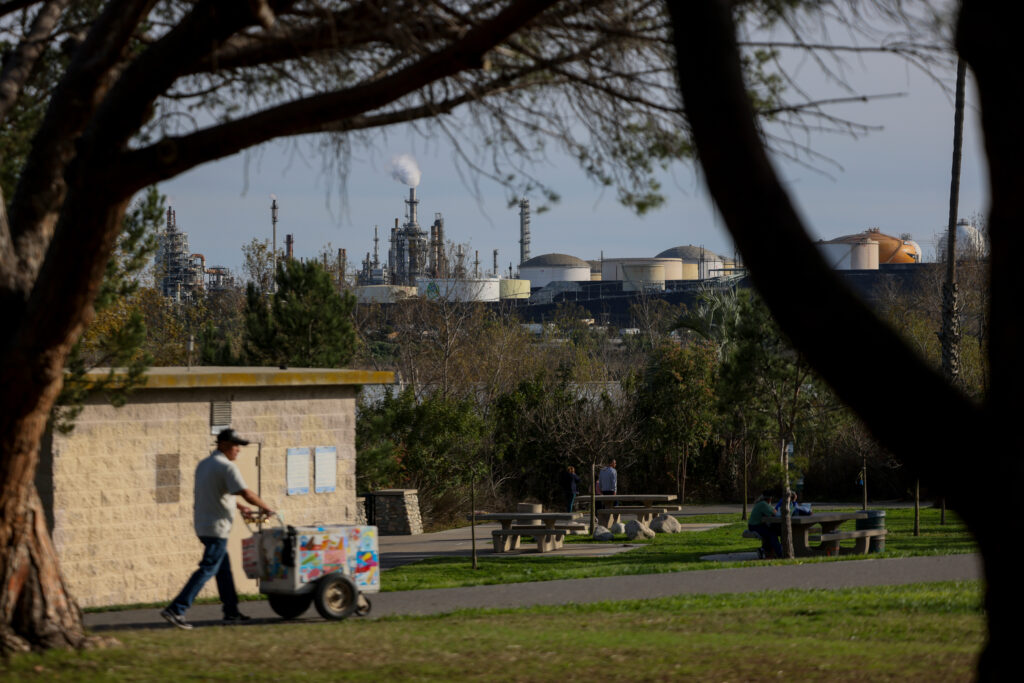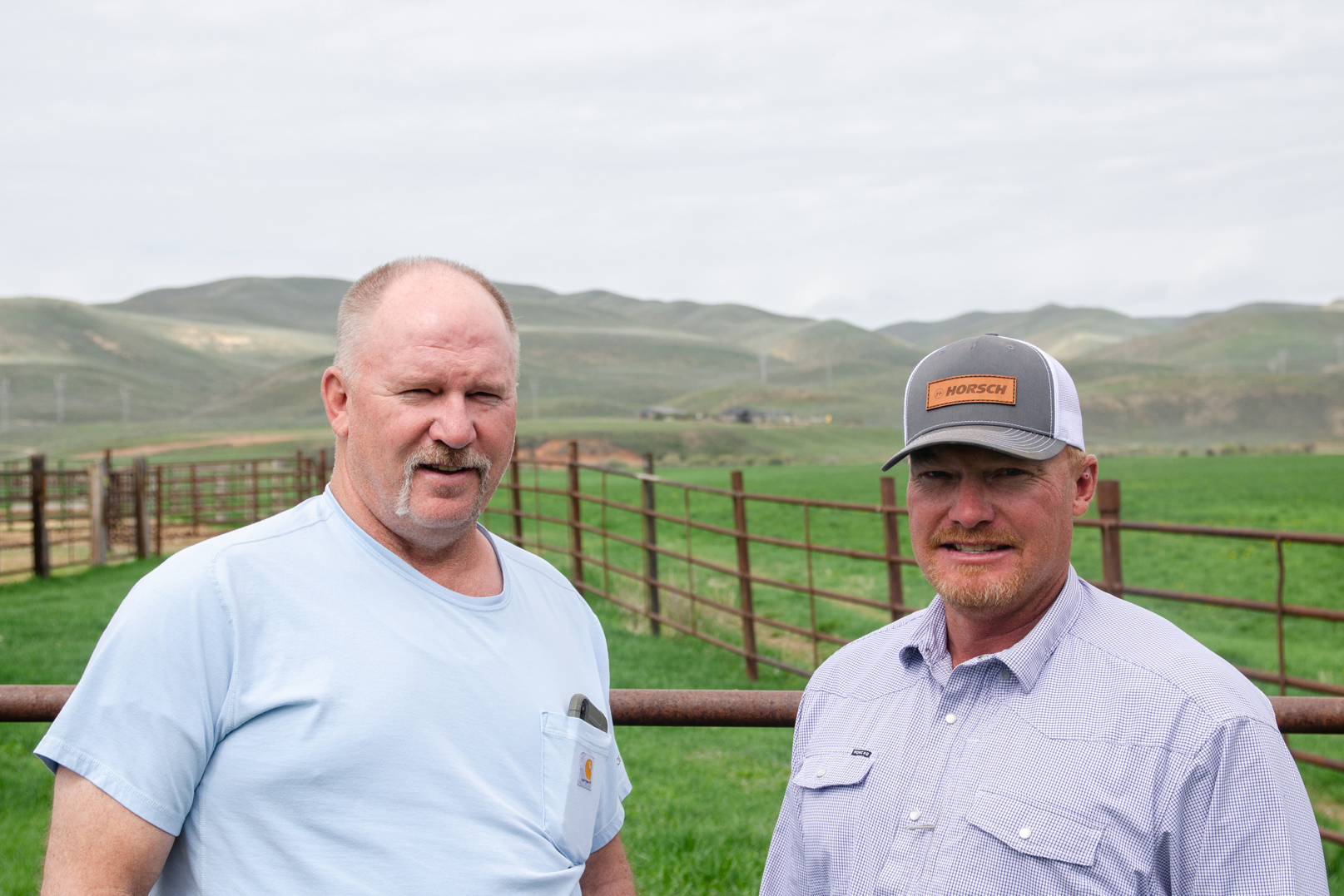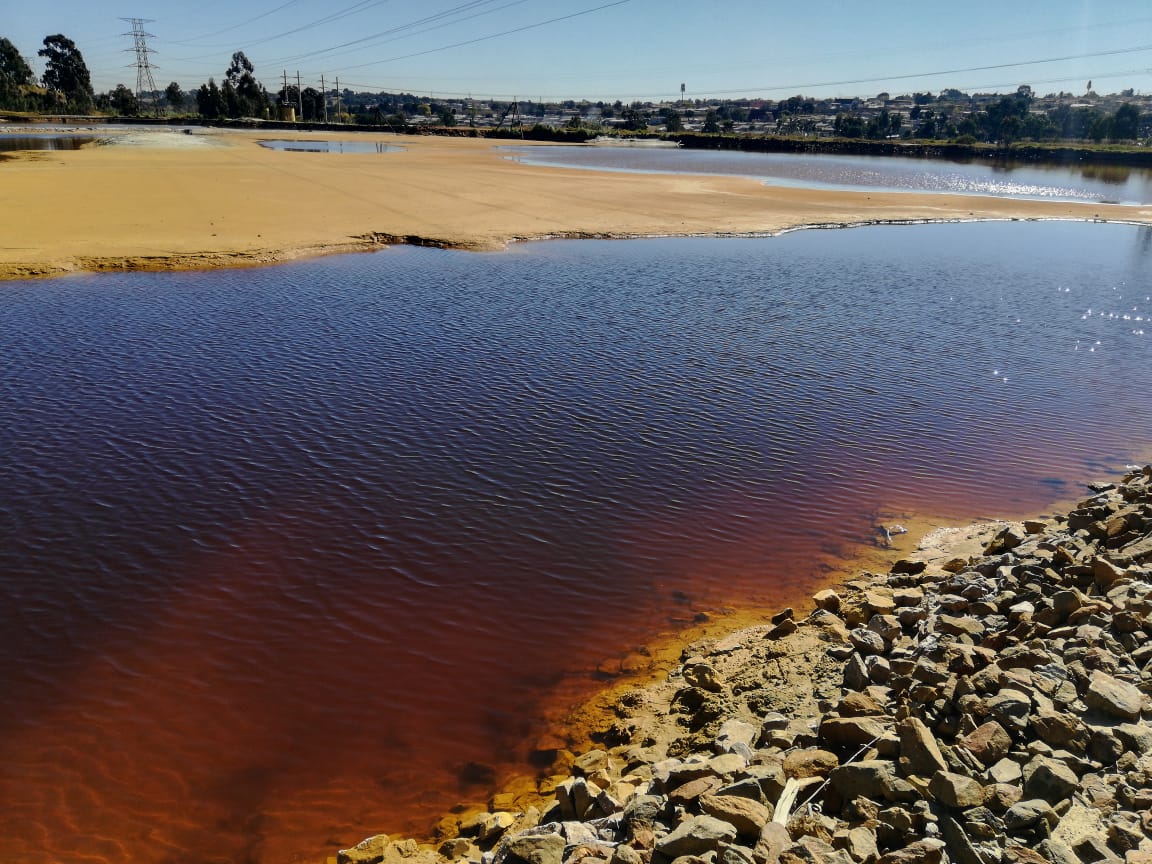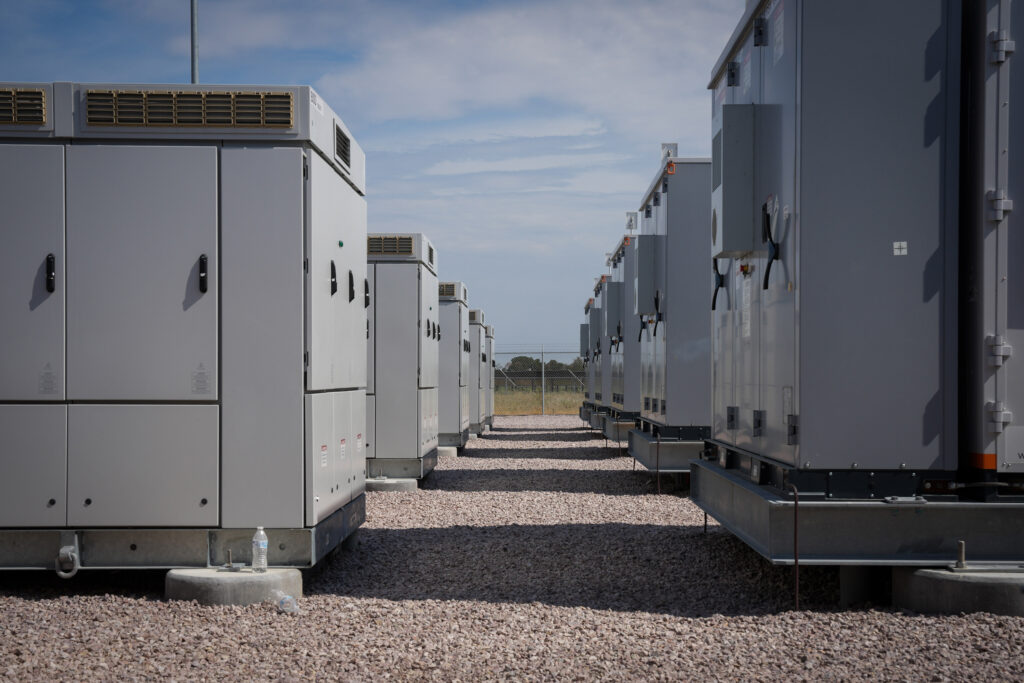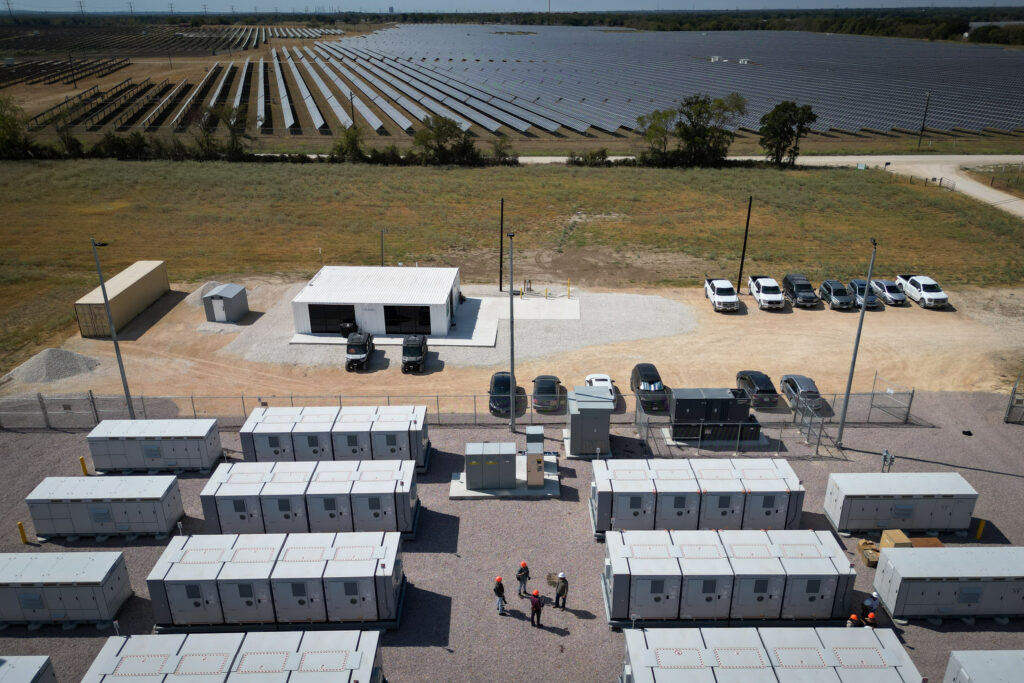WASHINGTON – Since David Laird was young, the “lush, green forests” of the western United States meant an annual summer trip to hike, camp and fish. But the last time Laird was in Wyoming’s Medicine Bow-Routt National Forest, a bark beetle had ravaged an estimated two-thirds of the forest’s lodgepole pines.
For Laird, a professor at Iowa State University, the brittle, brownish-orange pine needles on the trees represented a grave danger to the land: wildfires.
With more than three decades of experience as a soil researcher, Laird believed these dead trees had to be removed so the forest ecosystem could regenerate without risking a lightning strike or “careless cigarette” sending it aflame. He also knew that the trees could be repurposed into a “market-based tool” with the potential to combat climate change while increasing crop production and creating rural jobs. This tool? Biochar.
Biochar is made from burning organic material in an oxygen-deprived environment. It enhances soil fertility and increases the ability of soil—one of the world’s largest carbon sinks—to capture and store carbon, absorbing the emissions from fossil fuels that human activity releases into the air.
We’re hiring!
Please take a look at the new openings in our newsroom.
See jobs
The practice of using organic material to enhance soil fertility goes back thousands of years to when Indigenous people in the Amazon built up large piles of nutrient-rich soil mixed with charcoal, food residue and other waste.
Carbon dioxide emissions by humans have to be zeroed out by 2050 to keep Earth’s average annual temperature from going—and staying—more than 1.5 degrees Celsius above pre-industrial levels, as targeted by the Paris climate agreement.
If the planet—as now projected—warms beyond that threshold permanently before 2050, the Intergovernmental Panel on Climate Change says it would require removing at least six gigatons of CO2 annually by 2050 to bring the global temperature back down in the second half of the century. The exact amount of CO2 removal required in the future depends on how much is still being emitted, with different scenarios outlined in the IPCC’s 2023 synthesis report.
Last year, 125,000 tons of CO2 were removed worldwide by the durable carbon market—a carbon credit marketplace for human CO2 removal projects—of which biochar was responsible for 92.9 percent, despite having received only 7 percent of carbon credit purchases. These numbers do not reflect the CO2 sequestered naturally in the ocean and forests.
Laird said biochar alone cannot achieve the 2050 goal, but it’s the easiest and most economically viable first step. He called biochar “the low-hanging fruit.”
“We need multiple, multiple efforts, multiple different processes all working together,” Laird said. “Biochar is one of those.”
What Does Biochar Do?
When mixed with soil, biochar creates favorable conditions for root growth and microbial activity, which reduces greenhouse gas emissions from the earth. It also helps soil retain water and absorb nutrients, repairing nutrient-deficient soil to increase crop production.
Biochar is typically made from wood, but researchers have found that using different types of biomass can bring forth various strengths from the char.
Dominique Lueckenhoff, the chief executive officer of a pollution treatment and applied environmental research group called Ecochar Environmental Solutions, developed manure-based biochar to enhance the performance of green infrastructure, like rain gardens and porous pavement.
Green infrastructure, which uses nature to mitigate the effects of climate change, like flooding and high temperatures, in urban environments, is getting more common, especially since President Joe Biden’s Inflation Reduction Act incentivized investment in it with grants and loans.
Lueckenhoff said this infrastructure is designed to catch water where it falls, rather than treating the water or the soil for pollutants.
“In urban areas, the soils are not only dead,” Lueckenhoff said. “They’re also contaminated.”
Lueckenhoff began developing manure-based biochar to depollute water after a 2010 Environmental Protection Agency study found dangerously high nutrient levels from agricultural runoff in the Chesapeake Bay.

Manure-based char counterintuitively absorbs up to 99 percent of harmful pollutants from water, according to Lueckenhoff’s research, acting as a natural purification system.
Lueckenhoff’s group is now partnering with the D.C.-based green infrastructure company, Rainplan, to add custom biochars to green infrastructure.
“It’s about turning a big problem into a multi-beneficial solution,” Lueckenhoff said. “I can reduce the nutrient impacts, I can create markets for farmers to turn that into a beneficial treatment, I can eliminate toxic exposures for people and the environment, animals, etcetera and I can drive new economies.”
Lueckenhoff’s chars have also been used to augment the growth speed and strength of hemp crops and treat superfund sites for toxins.
Since pollutants particularly harm disadvantaged communities, biochar can be a potent environmental justice tool for removing these toxins.
A Bipartisan Solution
Another testament to biochar’s utility: It has bipartisan congressional support. A bill to fund biochar research, introduced in March 2023, is now pending before a Senate Agriculture Committee.
Sen. Chuck Grassley (R-Iowa) was one of four senators who cosponsored the bill.
“Biochar presents an exciting opportunity for farmers looking for a low-cost way to improve soil quality while sequestering carbon,” Grassley said in a written statement to the Medill News Service.
Sen. Sherrod Brown (D-Ohio), another cosponsor, said he aims to get provisions for biochar research into this year’s farm bill, which funds crop insurance, conservation, nutrition and commodities.
“The research will give another tool to farmers, who understand the environment and understand climate and understand productivity of their land,” Brown said. “This can lead to better productivity and better, ultimately, prices for them.”
Biochar is made by putting biomass into structures, like a covered kiln, and heating it without oxygen to convert organic carbon to a long-lasting form of carbon that does not easily break down. The resulting product is made up of small, black porous bits of char.
“The pollution from making biochar is no worse, and sometimes it’s better, than pollution from just burning biomass,” said Tom Miles, the executive director of U.S. Biochar Initiative. “And the emissions are better than in a lot of fireplaces.”
Biochar is currently expensive to make in the U.S. because large amounts of biomass must be shipped to fewer than 50 small-scale production facilities in the country.
According to Miles, farmers typically pay no more than $50 per acre for crop treatment using fertilizer. Even though biochar lasts hundreds to thousands of years, farmers struggle to afford it at $500 per ton of biochar per acre.
Many researchers envision a nationwide network of medium-sized facilities using local biomass to create the char, which would create jobs across the country, especially in rural communities with access to organic material.
“As we address climate change, we need to dramatically reduce the use of fossil fuels, but at the same time, we can’t damage the economy.”
This means facilities in Wyoming could use dead trees like the ones Laird saw in the Medicine Bow-Routt National Forest to clear the wildfire risk and create a char to help revitalize dried-out soil. Pennsylvania facilities, on the other hand, could produce manure-based char and reduce the amount of nutrient leaching that would have to be resolved downstream in the Chesapeake Bay.
Only a “fraction of a percent” of U.S. agriculture currently uses biochar. But according to Miles, “there’s a real dollar and cents market opportunity that we could approach with biochar.”
Lueckenhoff said her manure-based char is a cheaper water treatment than the alternative, granular activated carbon, but it is not widely used in this way because she is one of the few researchers doing “strong work on the toxic side.”
Biochar prices dropped by 38 percent from 2022 to 2023, according to a 2023 CDR.fyi carbon capture report. With around a quarter of U.S. greenhouse gas emissions coming from agriculture, forestry and other land use, conservation techniques in the agriculture sector have both strong environmental and economic potential.
“As we address climate change, we need to dramatically reduce the use of fossil fuels, but at the same time, we can’t damage the economy,” Laird said.
Roadblocks
In February, a biochar conference in Sacramento brought in over 655 attendees from 28 countries and 44 states, according to Miles. He said he expects the conference to grow to around 800 attendees next year.
However, biochar has mainly been taken up by small businesses, and its market remains limited.
“People don’t know about biochar—don’t know or understand what the benefits are,” Miles said.
Early studies did not account for different soil and land conditions needing different amounts of biochar, so in some tests, the char leached nutrients from crops. Now, more than 30,000 peer-reviewed papers explain how biochar works, and guidelines like the Pacific Northwest Biochar Atlas instruct growers on how to maximize its use.
The process of making biochar has other byproducts, like oil that can easily be made into asphalt, sugar and liquid fuel that can be used for shipping and aviation.
“This is the niche that we see this technology fitting into—a system that can replace difficult-to-electrify transportation and at the same time be producing a char which goes into the soil,” Laird said.
But uptake of sustainable energy is slow because fossil fuel companies are not penalized for the environmental damage their oil and gas products cause.
“If we have to compete head to head against petroleum, it’s going to be a real tough sell,” Laird added.
This story is funded by readers like you.
Our nonprofit newsroom provides award-winning climate coverage free of charge and advertising. We rely on donations from readers like you to keep going. Please donate now to support our work.
Donate Now
Some laws complicate using biochar. For example, the Department of Agriculture pays farmers to adopt conservation practices, but it excludes biochar produced from crop residue out of concerns that farmers would remove too much biomass and damage their land.
Laird said such policies are like taking a “sledgehammer to a sewing machine.” He said creating legal, economic and industry incentives to adopt the new technology can help facilitate its uptake.
Another challenge for biochar is its political instability, Laird said. The risk that former president Donald Trump wins the presidency and repeals Biden’s conservation incentives in the Inflation Reduction Act discourages large investors from pouring money into the industry to help it take off.
Despite the hurdles to a booming biochar industry, many researchers, policymakers and advocates are optimistic that the char will gain prevalence and deliver environmental and economic benefits across the country.
A new study of the global biochar industry by the International Biochar Initiative and U.S. Biochar Initiative predicts that biochar revenues will surge from $600 million U.S. dollars in 2023 to $3.3 billion by 2025.
Lueckenhoff said she is “on the precipice” of rolling out her manure-based biochar. She next plans to look into making char from compost and biosolids, like sewage sludge, she said.
“It’s going to take a major industry effort to actually remove a gigaton of CO2 from the atmosphere,” Laird said. “This is a pathway towards that. It can be done.”
Lindsey Byman is a Northwestern University sophomore studying journalism, political science and anthropology. Lindsey is from the Boston area where she interned as a general assignment reporter for the Ipswich Local News. She covered environmental policy for the Medill News Service in Washington, D.C., and she has written for The Daily Northwestern and North by Northwestern and served as a copy editor for The Daily Northwestern.



